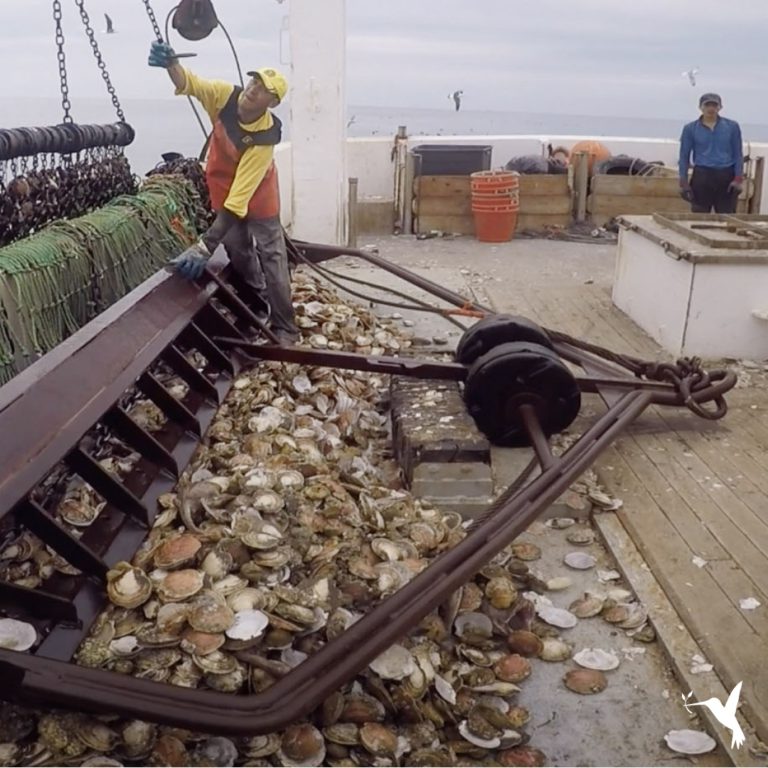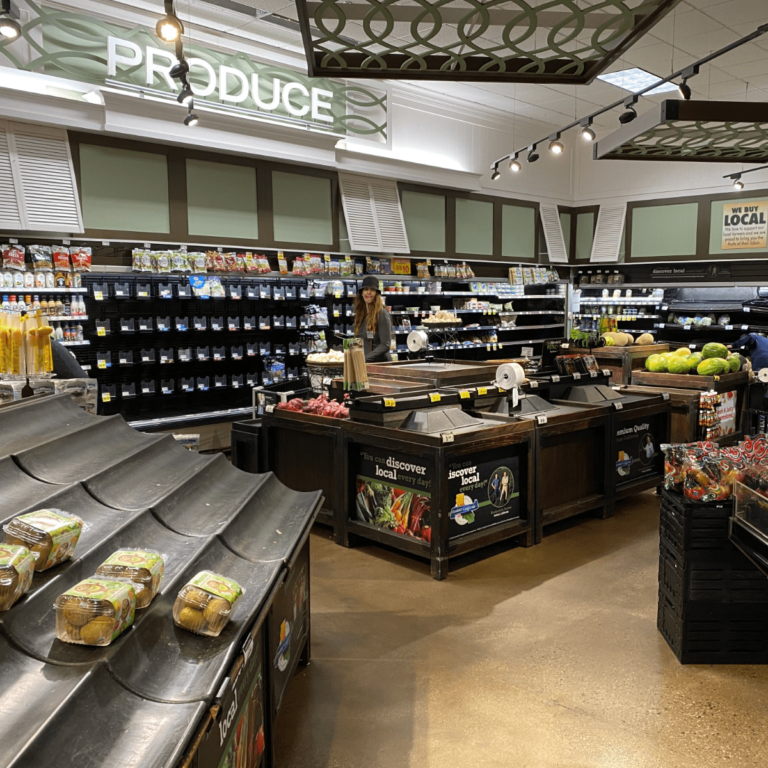Why Sustainable Procurement is the Trend to Watch
Direct Partnerships in the Digital Age
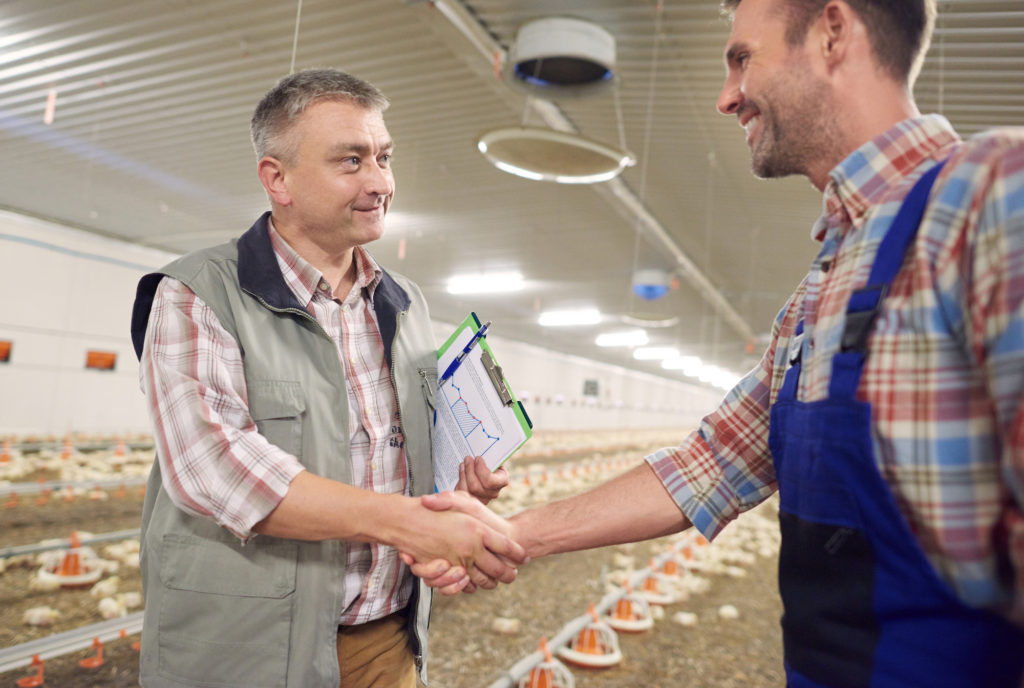
Some of the world’s largest food retailers and brands are committing to moving billions of dollars of their purchasing (also known as procurement) into sustainable or regenerative value chain models. General Mills, Walmart, Unilever, Mars and Nestle are just the biggest five examples.
Today’s consumers appear more likely to support brands that are committed to sustainability. Furthermore, the impacts of climate change will be disruptive to the agriculture and food supply chains, and thus it’s in the best interest of downstream food brands to participate in and perhaps even lead the transition to sustainable procurement.
The movement toward sustainable procurement is not a fad of the moment, but rather a lasting trend that will influence all consumer product industries in the coming decades.
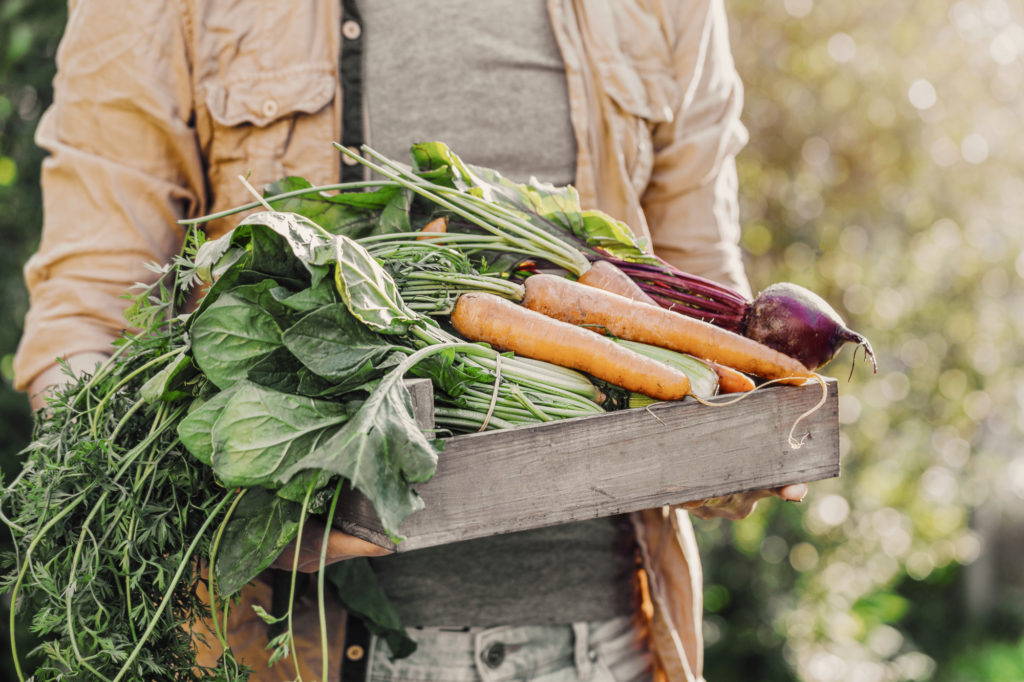
Making a PR announcement is the easy part. Shifting supply chain purchases into sustainable procurement (which doesn’t currently exist) is a complicated matter; I don’t believe any major brand is currently equipped to achieve this goal.
To begin with, such a development requires that millions of producers globally shift into “sustainable” or “regenerative” practices. For this to occur, many billions of dollars must be invested into capacity building, education, and incentivizing producers to move into new production methods. In addition, the industry must overcome significant pushback from the agrochemical sector, which tends to have a strong lobby in every country where the agriculture industry exists. The shift to sustainable and regenerative agriculture is a direct threat to businesses that profit from synthetic inputs.
Then comes the task of validating impact metrics and claims of sustainable production, so that brands can report on the success of transitioning supply chains into sustainable or regenerative models. Unfortunately, the current certification system doesn’t provide the necessary reporting mechanism or oversight to accurately determine impacts. An organic certification is too broad and doesn’t track output impacts.
I believe the only feasible solution to both scaling sustainable procurement and validating the impacts of that procurement is a movement toward digitalization of value chains—both in the connection of buyer demands to producer networks and in the capturing and reporting of impact data to validate brands’ claims. To achieve this, brands must demonstrate a commitment to transparency, direct sourcing initiatives, and buyer-seller relationships that facilitate vertically integrated data models.
It will also be necessary to build a global Sustainable (or Regenerative) Procurement Marketplace that connects the demands of buyers with producer groups, and then tracks the impact metrics of various value chains, so that brands can receive products and data in a unified manner.
This is the vision of Producers Market. Many billions of dollars of transactions will have to move onto direct digital marketplaces that integrate value chain data capture and reporting in order for brands to even scratch the surface of their ambitions for sustainable sourcing transitions.
How does such a platform of the future function?

First, transparency is critical. The current system, in which brokers, traders and other intermediaries profit from a buy-low strategy that keeps the source of production and downstream brands disconnected, will have to change. The industry must open pathways for future purchasing contracts, commitments and communication to directly reach the producer groups and aggregators on the ground.
That’s not to say there isn’t a role for intermediaries, but it will ultimately take the shape of a cost-plus, market competitive service provider function, rather than a broker of product.
Big brands hold the power to transition supply chains, and consumers ultimately influence their brands to move in this direction, which is why the trend is scaling. However, the next step is to leverage future purchasing power to give producer groups confidence that their transition to sustainable production models will indeed secure consistent purchase contracts at premium prices.
How does premium pricing incentive a transition to sustainable agriculture?

Better pricing premiums can incentivize producers to adopt a model of agriculture that many believe (perhaps incorrectly) will lead to lower yields. While some consumers are willing to pay a premium for sustainable outputs, the vast majority simply cannot or will not. Something has to give. Brands need to hit their margins, and producers will require price premiums.
There are two solutions to this, and both require digital commitment.
The first is a more direct procurement partnership that removes or reduces the costs of the intermediaries bloating supply chain economics.
The second is the growing opportunity for carbon and impact credit offsets to provide cash compensation for sustainable practices. This impact data must be integrated with digital reporting and digital validation for it to scale to the level of electric cars and solar panels. Many experts believe that sequestering carbon through soil and trees with regenerative agriculture and conserving freshwater resources could have an even greater impact than cars and solar panels, for example. However, the trillions of dollars in impact credits must reach the farmer, and the farmer must be able to plug into such a system without a large operational cost.
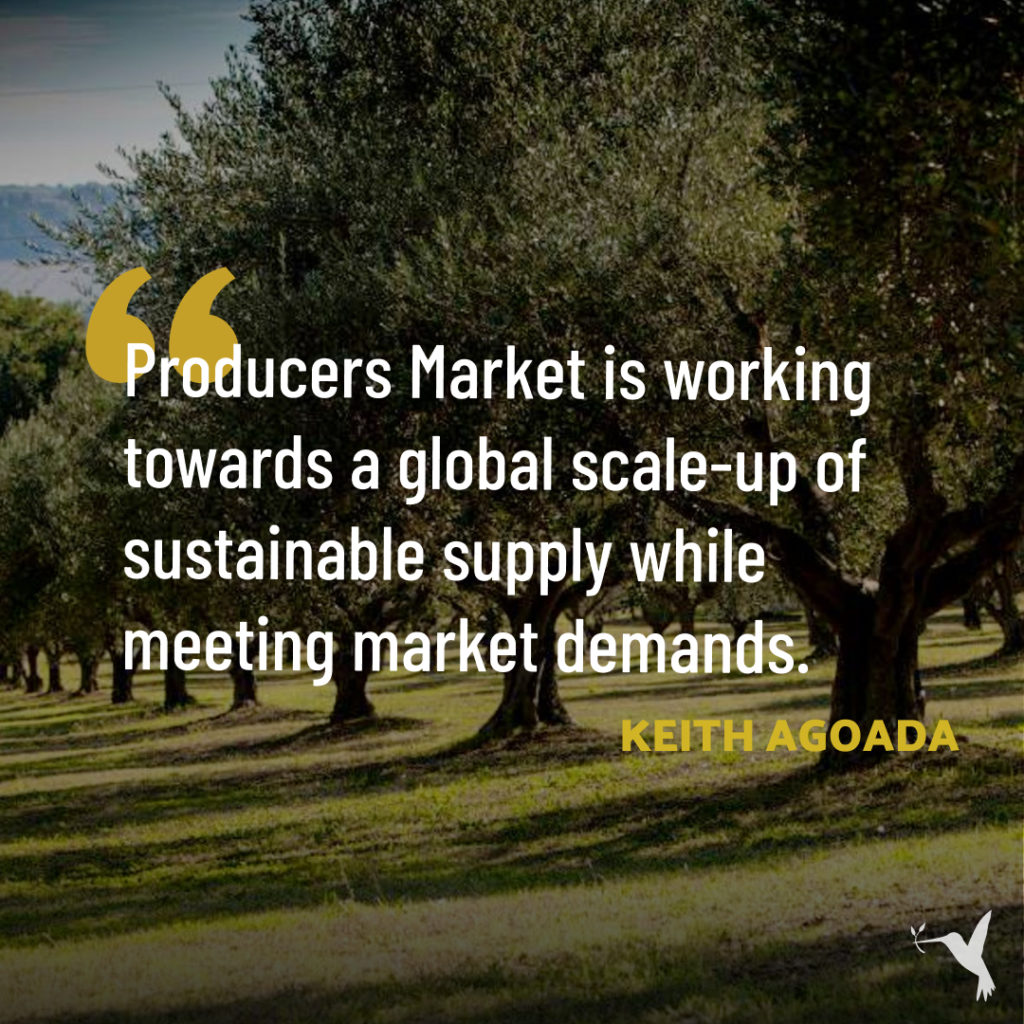
Producers Market is working to establish the necessary frameworks to achieve this global scale-up of sustainable supply and meet market demands through a two-pronged approach:
- Building a digital marketplace for direct sourcing partnerships across regional and global value chains.
- Building digital tools to capture, validate, and report impact metrics across third-party and downstream value chain stakeholders.
More connectivity and partnership building is the scalable solution for brands to reach their sustainable sourcing goals.
Let’s turn words into action by shifting business as usual to a new form of procurement that puts relationships and integrated efforts at the fore. Building a vertical model of data sharing is the only way to move hundreds of millions of hectares into sustainable production in the coming years.
Want to be part of this vision? Sign up for our newsletter to get fresh updates on Producers Market’s progress:

